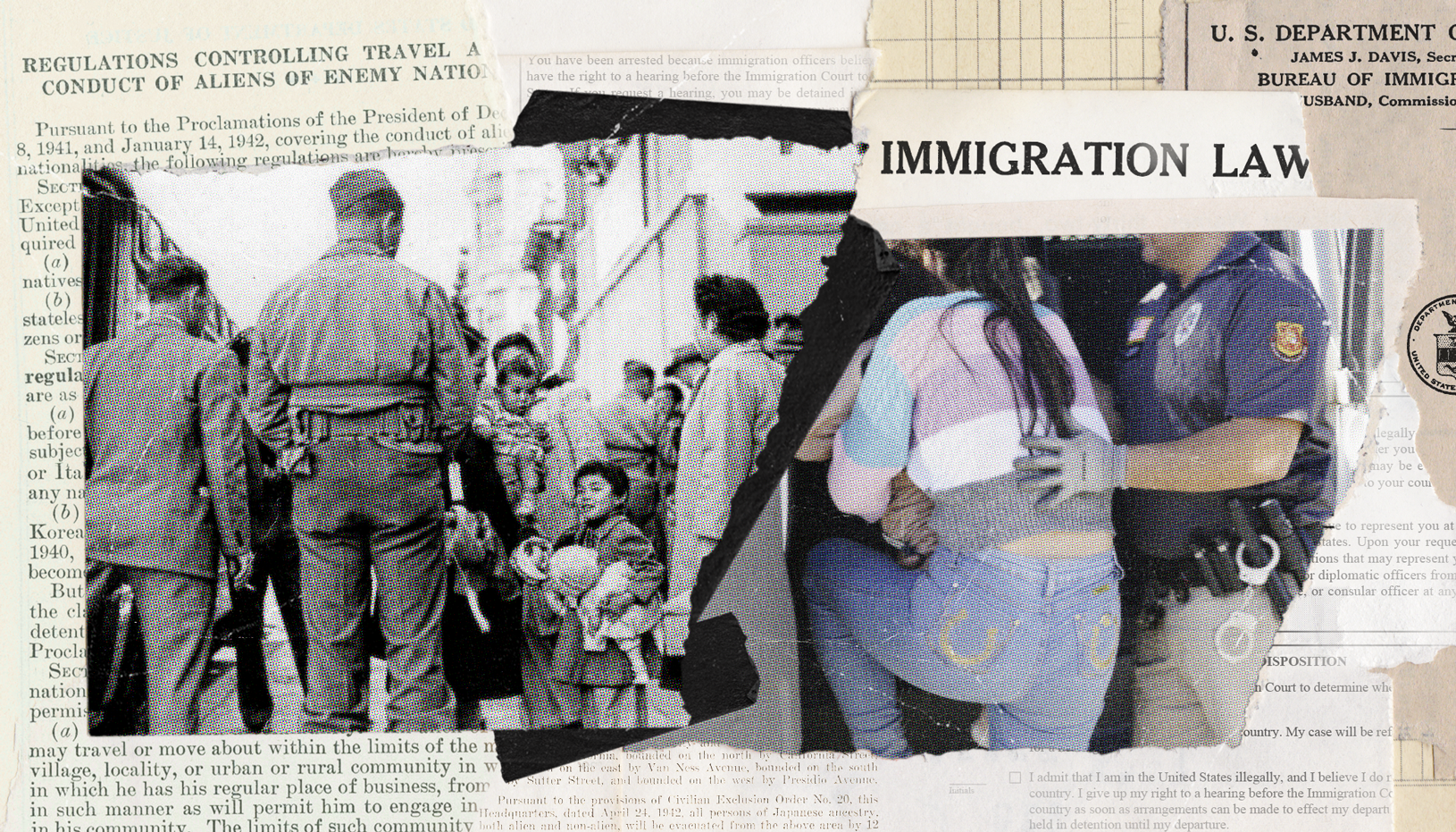Explicit racism persists in U.S. law enforcement, according to a new report by Brennan Center Fellow Michael German. Such racism appears in many forms — from membership in violent white supremacist or far-right militant groups to overtly racist activities in public and on social media. German, a former FBI special agent who infiltrated neo-Nazi groups and militia groups in the 1990s, spoke with Mireya Navarro about ways to address racism in law enforcement, the role of prosecutors, and the urgency of identifying officers involved in overt and organized racism to ensure that they don’t hurt the people they are supposed to protect.
In your report, you note that the FBI has acknowledged the links between white supremacist groups and law enforcement for years — but that the agency’s response has been “stunningly inadequate.” Why haven’t federal law enforcement leaders tackled this problem with more urgency?
One reason is that the structural bias that exists in our country produces a certain type of law enforcement leader. If you look at law enforcement — particularly federal law enforcement, but also many state and local law enforcement agencies — the agencies and their leaders are overwhelmingly white and overwhelmingly male. Structural bias elevates people to positions of power who are not threatened by white supremacy in a way they view as directly affecting them, their family, and their neighborhood.
How do we start fixing such an entrenched problem?
Right now, the FBI doesn’t know how many people white supremacists kill every year. They couldn’t tell you how many police officers today are active members of white supremacist organizations. They acknowledge that some are members, but there’s no national effort to determine who they are and how to protect society from them.
A national strategy is an essential first step to identify the problem. Then the attorney general must communicate to the men and women throughout the FBI and the broader law enforcement community that this is a problem that cannot remain behind closed doors and that we have to take it on. It can only succeed, however, if the public pressure remains — certainly the public represented by the Black Lives Matter movement has made it clear that fundamental change needs to happen — and if Congress, local government, and law enforcement leaders force the Justice Department to develop metrics to measure their success in resolving this problem.
What role does racism play in police violence and killings?
We don’t know because the government has not attempted to quantify the amount of white supremacist violence that actually exists in our society and who it impacts. Nor have we quantified the extent of explicit racism in law enforcement. We don’t have enough data to say, “This problem is the result of racism.” What we have is data showing that police violence is used disproportionally against people of color, and we know that explicit racism continues to be a problem with law enforcement, yet we’re not addressing it effectively.
You make a distinction between different forms of explicit racism — for example, between officers who are actively involved in a white supremacist or far-right group and those who make racist comments on social media. Why?
What we’ve seen is that racist conduct is ignored until it reaches a level that the public becomes aware of it — which then often, but not always, leads to termination. We must also have a mitigation plan in place to make sure that law enforcement agencies are protecting the public from every officer who has openly expressed racist views or engaged in racist activities, whether it’s through retraining, or additional supervision, or auditing all their contacts with the public, or assigning them to some desk duty. There are ways to protect the public when a person’s behavior hasn’t reached the level where they can legally be terminated.
What can prosecutors do?
Prosecutors have a significant role because the culmination of the policing is often a court proceeding. Prosecutors need to pay attention to whether they can trust the testimony of the officers who are providing evidence in their cases. And if a person has engaged in explicitly racist behavior, that could raise questions about whether their testimony is trustworthy. So, prosecutors have an obligation to identify law enforcement officials who have engaged in explicitly racist behavior and ensure that any such exculpatory information is provided to the defendant. And they can do this by placing these officers on what is known as a Brady list or a no-call list, which ensures that their testimony can be properly challenged with evidence of their racist behavior by defense attorneys, empowering the adversarial process.
How pressing is it to get racist officers off the streets?
The urgency has increased as more and more of these incidents of racist police violence are being video recorded. What had been a “he-said, she-said” debate in courtrooms about what happened in violent encounters is lessened. We can see recorded evidence of police violence that echoes stories that have been told countless times throughout the generations, but now are indisputable.
Unfortunately, law enforcement has reacted to protests against police violence by increasing the level and disparity of the police violence — the very issues that are raising demands for reform at this moment. And the way we have spoken about reform around police racism is by framing the issue in the context of structural bias and implicit bias. But we must also wrestle with explicit bias. If we don’t address explicit bias, I don’t think there’s a chance that implicit bias or structural bias training is going to be very helpful. This is not a problem that we can just kick down the street with this implicit bias training and pretend that it makes the problem go away.
Read the full Brennan Center report, Hidden in Plain Sight: Racism, White Supremacy, and Far-Right Militancy in Law Enforcement







